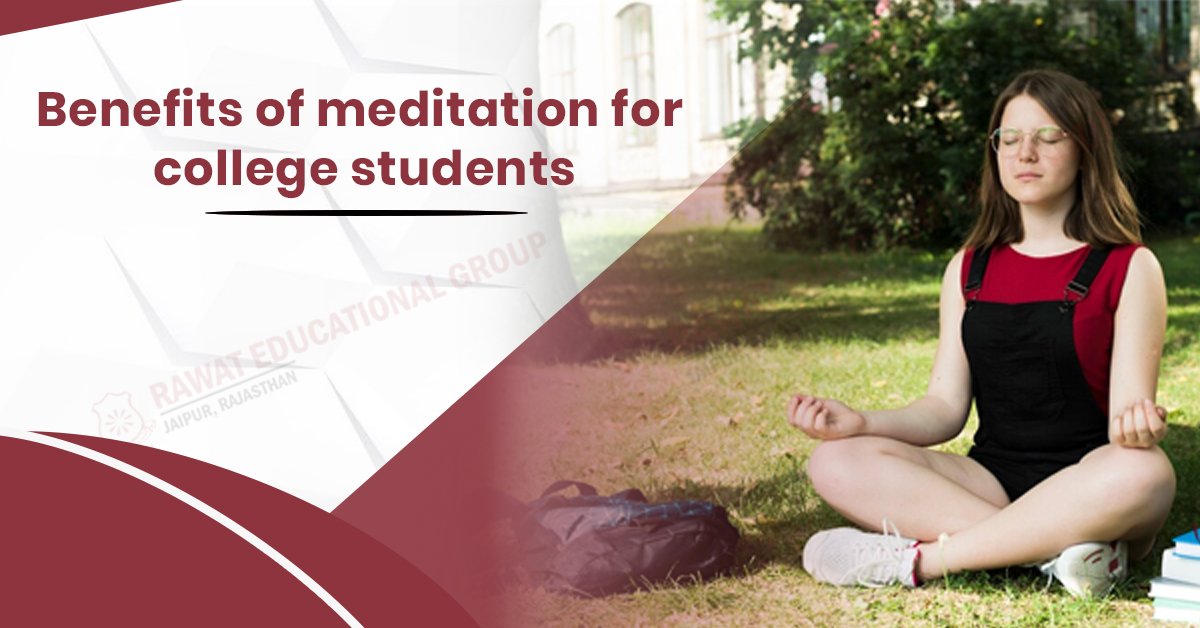10 Types of Learning Styles in Education

What are learning styles?
Learning styles are various approaches or methods individuals use to acquire new information, understand concepts, and retain knowledge. These styles can encompass a range of preferences, including auditory (learning through hearing), visual (learning through seeing), kinesthetic (learning through physical activities or hands-on experiences), or a combination of these modalities.
Learning styles imply that individuals have favored methods of learning that correspond with their distinct cognitive strengths or preferences. For example, some individuals may learn best by listening to lectures or discussions (auditory learners), while others may benefit more from reading and visual aids (visual learners). Kinesthetic learners, on the other hand, may learn best when they can engage in physical activities or experiments.
It's essential to note that while learning styles theory has been popular, there's ongoing debate among educators and researchers about its validity and effectiveness in guiding teaching practices. There are those who contend that the notion that customizing instruction to each student's unique learning style results in better learning outcomes is not well supported by empirical data. However, acknowledging and accommodating diverse learning preferences can still enhance learning experiences for students.
How to identify student learning styles
Identifying student learning styles involves keen observation during classroom activities to discern preferences for auditory, visual, or kinesthetic learning. Additionally, administering learning style questionnaires and seeking feedback from students offer structured insights into their inclinations and strengths.
Analyzing assessment results and offering a variety of learning activities further elucidates individual preferences. Collaboration with colleagues and remaining flexible in instructional approaches enhance the process, ensuring tailored learning experiences that accommodate diverse learning styles effectively.
Also read: Human Intelligence vs Artificial Intelligence
How to teach different types of learning
Teaching different types of learning styles involves a dynamic approach that recognizes and accommodates the diverse preferences and needs of students. For visual learners, instructors might utilize visual aids such as diagrams, charts, and videos to illustrate concepts vividly.
Auditory learners benefit from verbal explanations, engaging lectures, and discussions that stimulate their auditory senses. Kinesthetic and tactile learners thrive when provided with hands-on activities, experiments, and tactile materials that allow them to engage physically with the subject matter.
Verbal learners excel in reading activities, written assignments, and verbal discussions that reinforce language skills. Logical/mathematical learners require structured problem-solving activities and real-life applications to stimulate their analytical thinking. Social learners flourish in group activities, collaborative projects, and peer discussions that foster social interaction and teamwork.
Solitary learners appreciate self-directed learning materials and independent study options that allow them to work autonomously in quiet environments. Global learners grasp concepts better when presented with an overview before delving into details, while sequential learners benefit from learning materials presented in a logical progression from one step to the next.
By employing a variety of instructional methods and strategies tailored to different learning styles, educators can create inclusive learning environments that optimize engagement and learning outcomes for all students.
Also read: You Can Do on Exam Day to Improve Your Grades
10 Types of learning styles in education
Here's an elaboration on each of the ten types of learning styles in education:
- Visual learners: Visual learners prefer to learn through visual aids such as diagrams, charts, maps, and videos. When presented with pictures and illustrations, they are able to process information more efficiently. These learners often benefit from colorful presentations and demonstrations that help them visualize concepts.
- Auditory learners: Auditory learners excel in environments where they can listen and absorb information through spoken words. They learn best through lectures, discussions, audio recordings, and verbal instructions. These students may also benefit from reading aloud and participating in group discussions.
- Kinesthetic learners: learners who learn best through movement and hands-on experiences. They prefer to engage in activities that involve movement, manipulation of objects, and practical demonstrations. These students often thrive in subjects like physical education, art, and science experiments.
- Tactile learners: Similar to kinesthetic learners, tactile learners prefer learning through touch and manipulation of objects. They benefit from tactile experiences such as building models, using manipulatives like blocks or puzzles, and conducting experiments that involve touching and feeling different materials.
- Verbal learners: Verbal learners have a special affinity for words and language. They excel in activities involving reading, writing, speaking, and listening. These students often enjoy reading books, writing essays, engaging in debates, and participating in language-oriented activities such as storytelling or poetry.
- Logical/mathematical learners: Logical/mathematical learners are analytical thinkers who excel in activities that involve reasoning, logic, and problem-solving. They enjoy subjects like mathematics, science, and computer programming, where they can apply logical thinking to solve complex problems and puzzles.
- Social learners: Social learners do well in teams and collaborative environments. They enjoy working with others, participating in group discussions, and sharing ideas. These students often benefit from group projects, peer teaching, and cooperative learning activities that promote social interaction and teamwork.
- Solitary learners: Solitary learners prefer to work independently and often seek out quiet environments for focused study. They excel in self-directed learning and prefer to set their own pace when it comes to acquiring new knowledge. These students may prefer individual assignments, self-study materials, and online resources.
- Global learners: Global learners prefer to understand the big picture before delving into details. They focus on the overall concept or theme and seek connections between different pieces of information. These students benefit from visualizations that illustrate the overarching concept and may struggle with learning activities that lack context or relevance.
- Sequential learners: Sequential learners prefer to learn in a linear and orderly fashion, following a step-by-step progression from one concept to the next. They excel in activities that present information in a structured and organized manner. These students may struggle with learning materials that jump between topics or lack a clear sequence of instruction.


